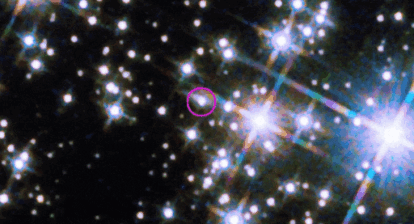The Amazon is very fertile hosting a vast variety of plant species, some of which we haven’t even discovered yet. This unusual small tree (or shrub) was collected for the first time in 1973, from the lowland Amazonian forest along the fertile soils of Río Manu in southeastern Peru, from the Manu National Park. It was collected again in the 1970s and 1980s but was never identified by botanists. However, indigenous Machiguenga (or Matsigenka) people from the Amazon Basin jungle regions of southeastern Peru, have used it as an emetic hunting medicine for a long time.
Now according to new research it has been termed a new genus and species of the small, mainly neotropical plant family Picramniacea. Scientists conducted molecular analyses and studied the morphology of the small tree, which showed that it is a new genus and species of the family Picramniaceae, which they described as Aenigmanu alvareziae. This completely surprised the researchers as it did not look anything like other species belonging to the Picramniaceae family.

Photographs of Aenigmanu alvareziae. A, Leaf bases showing stipule scars and young inflorescence; B, Seedling showing simple leaves andstipules; C, Abaxial leaf surfaces showing Capnodium mold (*) and developing fruit; D, Mature leaves and fruit; E, Mature fruit with sessile stig-mas. — Photos: A, B & D by Patricia Álvarez; C by Varun Swamy; E by C.E. Timothy Paine.
It has green leaves and small orange star-shaped fruit. Mature fruits were collected in both the wet and the late dry seasons and flowers were collected at the end of the wet season and the dry season. Aenigmanu alvareziae is restricted to the “old-growth”portions of the floodplain, where it is widespread. But in general the overall distribution is patchy, its habitat is disapearing rapidly and it was collected from just a few sites, which is why the scientists have recommended that it be classified as endangered.
The study was published in Taxon







